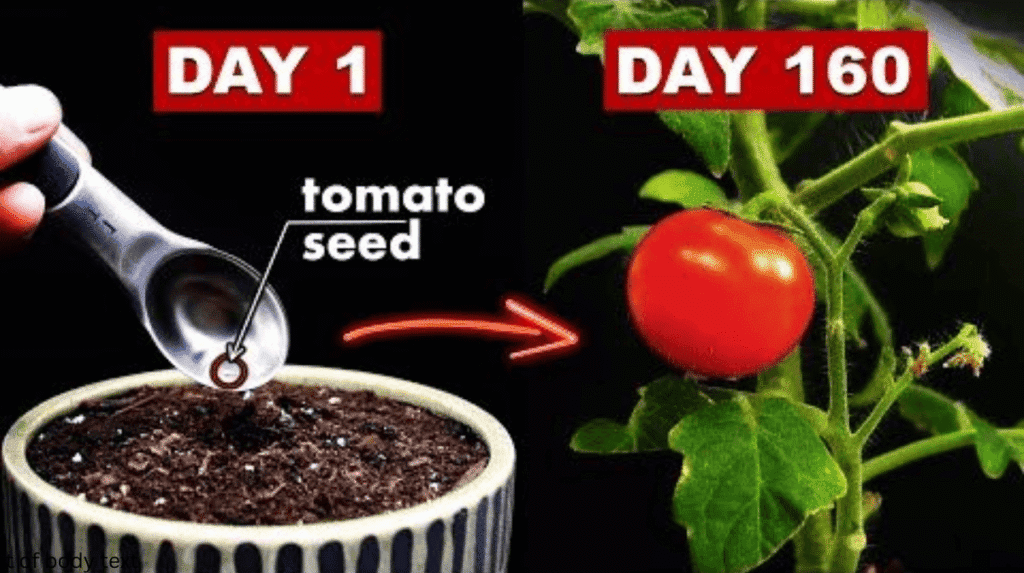
If you are thinking about planting tomato seeds from tomatoes in your house or space anywhere, yes you can grow tomatoes from seeds and harvest them over years. In this article you will find an ultimate guide for growing tomatoes from seeds indoor or outdoor anywhere, best cultivars around the world that worth planting and all other tips to improve yield, taste, size and health of tomatoes and parent plants. so just lets get start. Just start planting tomato seeds from tomatoes and be patient. check out our ultimate guide to plant determinate tomatoes .
“Mini-guide for planting tomato – Grow Tomatoes From Seeds”
I have seen some cultivars of tomatoes, sprouting out directly from a half buried tomato in allies. This is what i like about tomatoes that they are hardy plants and they can be grown by directly planting tomato seeds from tomatoes into soil with minimal care. you can plant tomato indoor or outdoor in pots, garden beds, containers or anywhere you have space and soil, just follow these basic care and maintenance steps until you get your first harvest.
- You’ll see tiny green shoots pushing up through the soil in 10 days.
- Select the Best time for planting tomato seeds from tomatoes according to your area zone and season so you can know maintenance steps
- Select the area (a warm, well-lit, and easily accessible spot with good airflow and moist but not soggy soil)
- Prepare the soil ( best soil for tomato seeds is loamy, well-drained, warm, slightly acidic (pH 6.0–6.8), nutrient-rich, and airy)
- Plant the seeds (about ¼ inch (0.6 cm) deep into the soil)
- Cover with plastic wrap or a humidity dome until sprouts appear—this keeps moisture in.
- Water gently ( using a spray bottle, fine mist, or light sprinkle)
- Keep them under favourable light and warmth
- Check daily: soil dries quickly in small containers.
- Remove cover immediately once seedlings emerge, to prevent fungus.
- Label your pots, containers or bed area if planting tomato seeds from tomatoes of different varieties, then this will help you recognize the cultivar and its specific requirements to grow best.
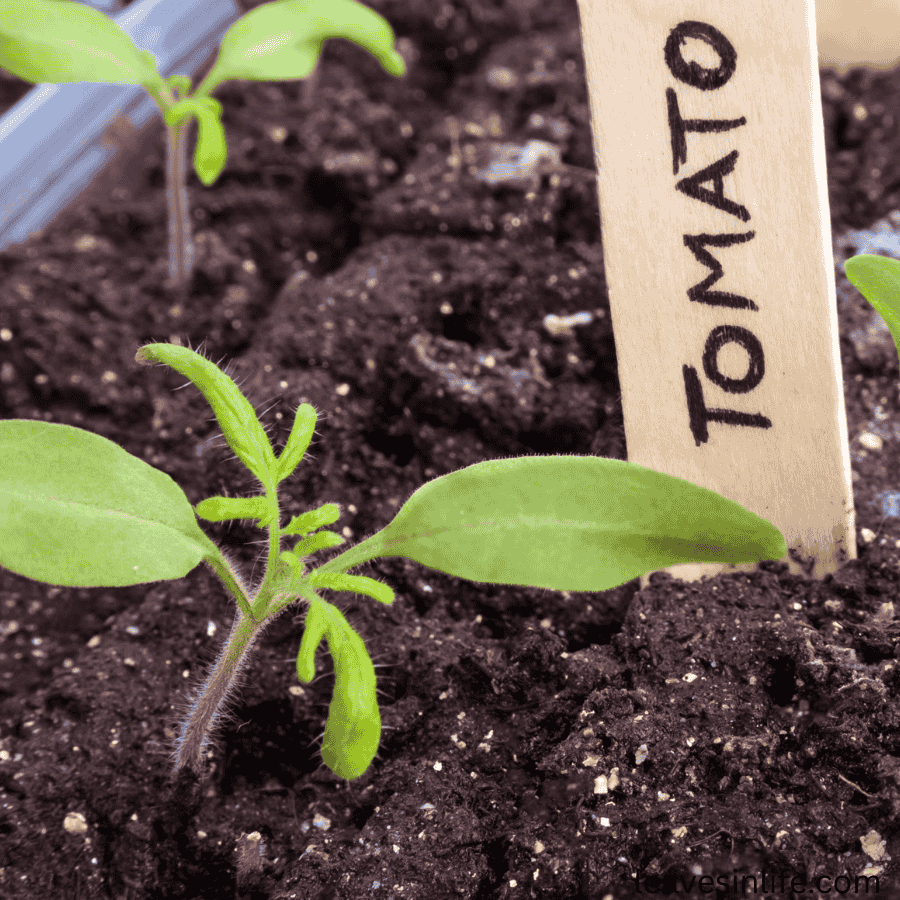
———————————————————————————————————————————-
Soil Composition for planting tomato seeds
Strong and healthy tomato plants start with the appropriate seed starting soil
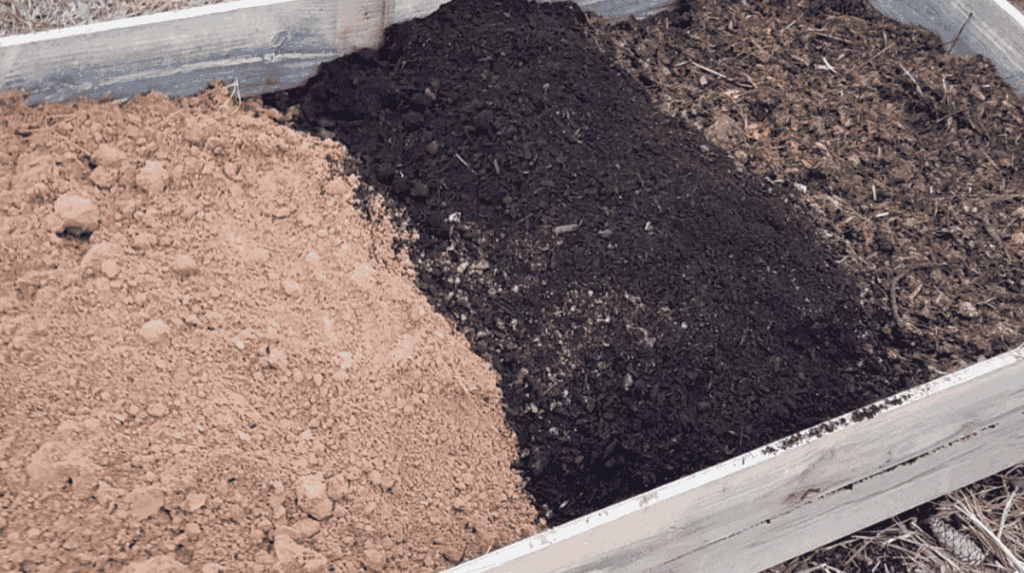
Ideal Garden Soil Mix for Planting Tomato Seeds:
- 40% garden soil (base)
- 30% compost/organic matter
- 20% coco coir or peat moss
- 10% sand/perlite/vermiculite
Perfect Soil texture and composition allows you planting tomato seeds from tomatoes to soil directly as it has direct effect on planted seeds of tomatoes and sprouts to mature plants. The ideal soil for tomatoes must have balanced factors like texture, pH, nutrient content, drainage, and organic matter. Let’s break down each of these elements to understand why they matter and how they contribute to tomato success. These qualities will encourage root development, increase nutrient uptake, and suppress disease.
———————————————————————————————————————————————
For planting Tomato Seeds in Garden:
Normal garden soil is either too heavy (clay) or too light (sandy) for planting tomato seeds from tomatoes. They need a loose, well-draining, crumbly soil that holds enough moisture but doesn’t stay soggy. The basic improvement is to mix in compost with sand, perlite, or coco coir. Increase organic matter by adding 30–40% compost or well-rotted manure. Tomatoes thrive in slightly acidic soil (pH 6.0–6.8). You can check the pH of your garden soil with litmus paper or a pH meter. If soil is too acidic (<6), add garden lime; if too alkaline (>7.5), add sulfur or peat moss. Blending in coco coir, peat moss, or vermiculite helps retain water without water-logging. With the right soil preparation, you can successfully grow tomatoes from seeds, making it a worthy choice with spectacular results.
For planting Tomato Seeds in Pots/Containers:
When planting tomato seeds from tomatoes in pots, You must adjust composition of soil. As containers dry out faster and lack natural drainage. Instead of using heavy garden soil, prepare a light and fluffy potting mix as the base. To avoid root rot, ensure good drainage by mixing in perlite or coarse sand. Since tomatoes in pots depend fully on their soil for nutrition, enrich the mix with compost or worm castings. At the same time, include coco coir or peat moss to help retain moisture without making the soil soggy. Keep the pH slightly acidic (6.0–6.8), adjusting with lime or peat moss if needed. The best combination for planting tomato seeds from tomatoes in pots is around 40% potting soil, 25% compost, 20% coco coir or peat moss, and 15% perlite or sand. A small gravel layer at the bottom for drainage is also recommended. This balance gives tomato seeds the perfect start for strong, steady growth in containers.
Basic maintenance Steps for baby tomato plants
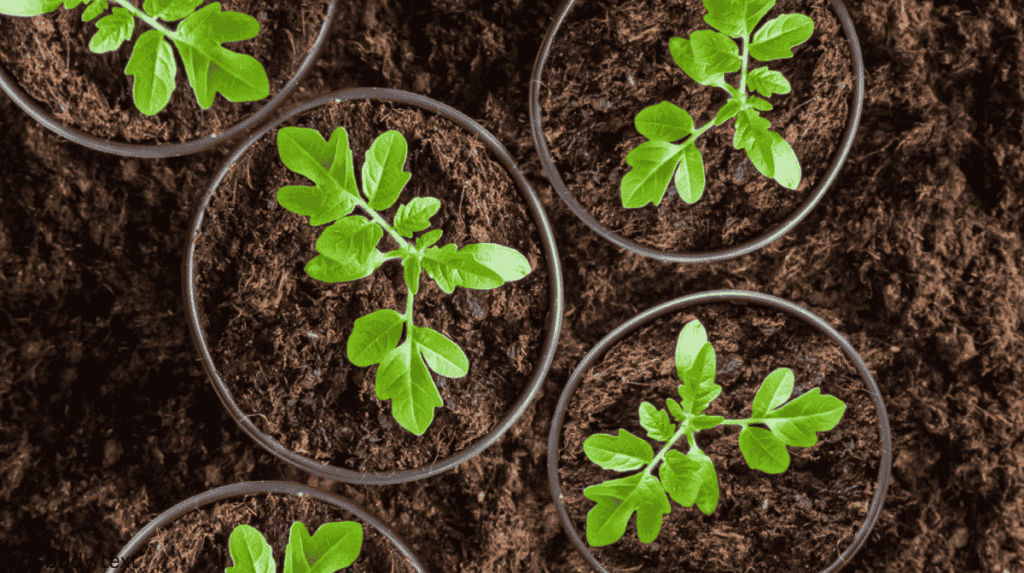
For Tomato Seedlings Planted in Garden Beds:
- Watering: Water deeply 2–3 times per week, depending on weather. Keep soil evenly moist but not soggy.
- Sunlight: Ensure 6–8 hours of direct sunlight daily.
- Spacing: Keep 18–24 inches apart for airflow and disease prevention.
- Fertilizing: Start light feeding once true leaves appear. Use a balanced fertilizer every 10–14 days.
- Weed Control: Regularly remove weeds around seedlings to prevent competition.
- Support: Add stakes or small cages early, so roots aren’t disturbed later.
- Protection: Use row covers or mulch to protect seedlings from pests and sudden temperature drops.
For Tomato Seedlings Planted in pots:
- Watering: Check soil daily and water whenever the top 1 inch feels dry. Pots dry out faster than ground soil.
- Sunlight: Place where they receive 6–8 hours of sunlight or use grow lights indoors.
- Fertilizing: Feed with diluted liquid fertilizer once true leaves appear, then every 7–10 days (nutrients leach faster in pots).
- Pot Upgrading: Transplant into bigger pots once seedlings have 2–3 sets of leaves, bury stems deeper for stronger roots.
- Airflow: Space pots apart to allow circulation and reduce fungal disease risk.
- Support: Add stakes or small cages when seedlings are still young.
- Protection: Move pots during heavy rain, strong wind, or temperature extremes.
——————————————————————————————————————————————-
Basic requirements for best tomato plants growth
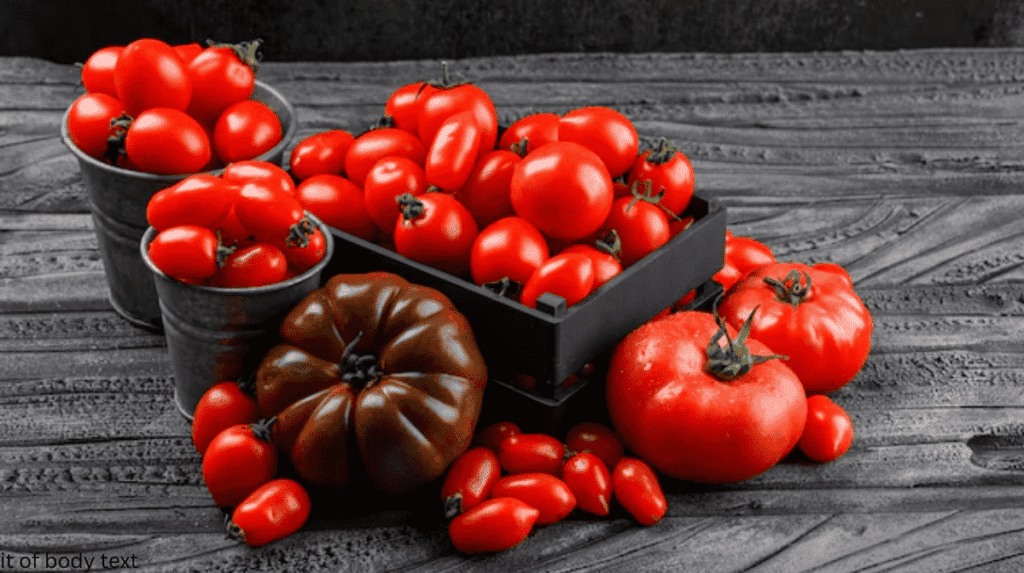
Soil Quality:
- Loose, well-draining, and rich in organic matter (compost/manure).
- Slightly acidic pH 6.0–6.8 for maximum nutrient absorption.
Sunlight:
If you are planting tomato seeds from tomatoes, give seedlings bright light for 12–16 hours daily, then ensure plants get at least 6–8 hours of direct sunlight or strong grow lights as they mature, since steady light intensity supports sturdy growth, flowering, and fruit ripening.
- Minimum 6–8 hours of direct sunlight daily.
- More sun = faster growth and sweeter tomatoes.
Watering:
f you are planting tomato seeds from tomatoes, keep the soil evenly moist during germination, then water deeply 2–3 times a week as plants grow, avoiding soggy soil. Consistent watering helps strong roots, healthy growth, and smooth ripening without cracks.
- Consistent deep watering at the base, 2–3 times a week in garden soil, and more frequently in pots.
- Avoid wetting leaves to reduce fungal diseases.
Temperature:
If you are planting tomato seeds from tomatoes, keep soil warm at 70–80°F (21–27°C) for germination, then maintain 70–85°F (21–29°C) by day and above 55°F (13°C) at night for healthy growth, fruiting, and ripening.
- Ideal range: 20–25°C (68–77°F).
- Protect plants from frost and extreme heat.
Fertilisation:
If you are planting tomato seeds from tomatoes, once your plants are established after transplanting, they begin to grow rapidly with stronger stems, bigger leaves, and a deeper root system. Soon after, blossoms appear and turn into small green fruits that gradually increase in size. With the right sunlight, watering, and feeding, these fruits slowly change colour, becoming firm and glossy as they reach maturity. Finally, they ripen fully into juicy, flavourful tomatoes ready for harvest, rewarding your patience and care.
- Start with a balanced fertilizer at the seedling stage.
- Switch to phosphorus and potassium-rich feed (for roots and fruiting) once flowering starts.
- Avoid too much nitrogen as it causes leafy growth but delays fruit.
Spacing & Support:
If you are planting tomato seeds from tomatoes, one of the key things to remember is giving your plants the right spacing and support. Tomatoes love room to breathe, so bush or determinate types do well with 18–24 inches of space, while tall indeterminate types need about 24–36 inches apart, leaving at least 3–4 feet between rows for easy care and airflow. Once your plants start growing, they’ll need support to keep fruits off the ground, so you can use stakes, cages, or trellises depending on the variety. Cages are great for compact plants, while tall vining ones thrive best when tied to stakes or trained up trellises, giving you healthier plants and a bigger, cleaner harvest.
- 18–24 inches apart in the garden space and pots for airflow.
- Use stakes, trellises, or cages to keep plants upright and stress-free.
Pruning & Maintenance:
Pruning is one of the most effective ways to keep your tomato plants healthy and productive. After planting tomato seeds from tomatoes, it’s important to remove suckers (the small shoots between the main stem and branches), you must trim off lower leaves that touch the soil, and clear out any yellow or diseased foliage. This directs the plant’s energy toward producing bigger, better fruits while also improving air circulation and reducing the risk of fungal diseases. With regular pruning, your journey of planting tomato seeds from tomatoes will result in stronger plants, earlier ripening, and higher yields. in short,
- Remove suckers (extra side shoots) to direct energy to fruit.
- Mulch around the base to retain moisture and regulate soil temperature.
- Regularly check for pests and diseases.
——————————————————————————————————————————————-
Early Yield Tips:
- Warm the soil before planting (black plastic or mulch).
- Start seeds indoors 4–6 weeks before transplanting.
- Pinch off the first flowers on small seedlings to let them build stronger roots before fruiting.
Time breakdown from planting tomato seeds from tomatoes to harvesting
- Day 1–10(Seed Germination): After planting tomato seeds from tomatoes, they take 5–10 days to germinate in warm, moist soil.The root emerges first, followed by the shoot pushing above the soil. Cotyledons open by day beginning photosynthesis for seedling growth.
- Day 11–30 (Seedling Stage):First true leaves appear after the cotyledons, seedlings strengthen.Roots spread deeper, stem thickens, and more true leaves develop.Plants reach 4–6 inches tall, ready for thinning, first feeding, or transplanting.
- Day 31–50 (Transplanting Stage): Tomato seedlings are ready to transplant at 3–4 weeks, when 4–6 inches tall with true leaves; harden them off and plant deeper for stronger roots.
- Day 51–80(Vegetative Growth):In this stage tomato plants focus on leaf, stem, and root growth, needing plenty of light, water, and nutrients for strong development.
- Day 81–100 (Flowering Stage): This stage starts when plants shift energy from leaf growth to producing yellow blossoms, which later develop into fruits after pollination.
- Day 101–130 (Fruit Setting & Development): The small green fruits changes , marking the start of fruit growth and eventual ripening.
- Day 131–160 (Ripening & Harvesting): This stage starts when tomatoes change colour to their mature shade. Fruits are ready to harvest when they are firm, glossy, and fully coloured, usually picked gently by hand to avoid damage.
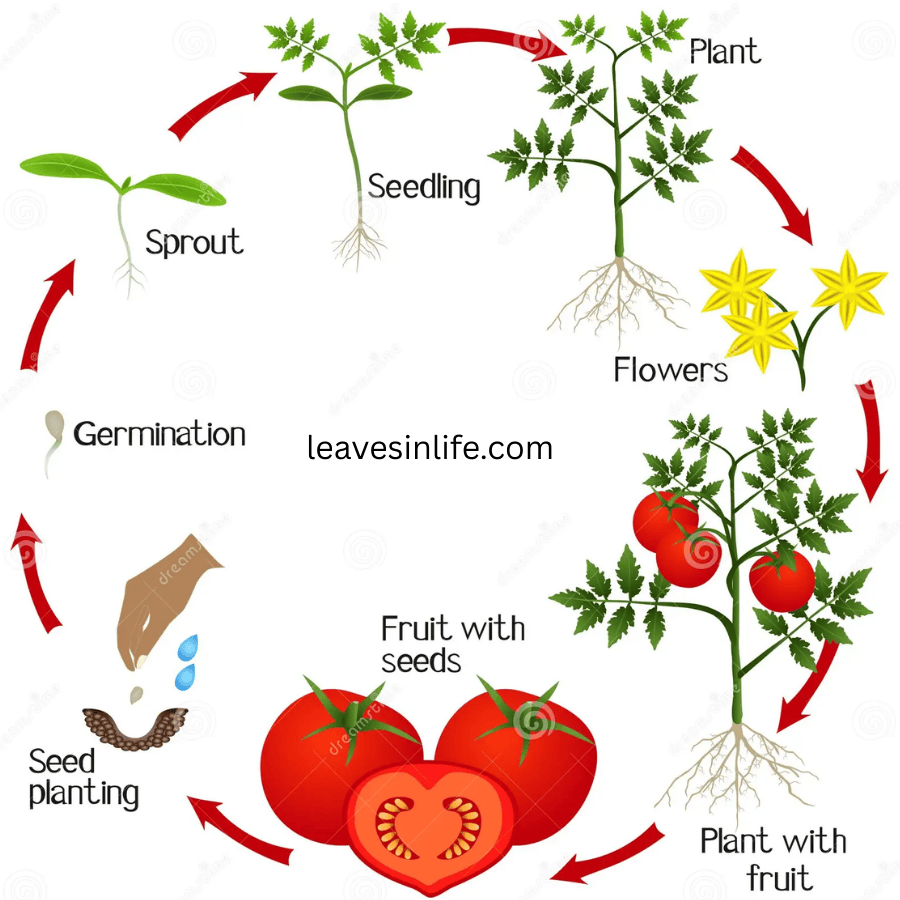
—————————————————————————————————————————
Tomato cultivars that you can grow just by Planting tomato seeds from tomatoes
Here are some recommended cultivars that you can grow in your home by planting tomato seeds from tomatoes, lets have a look on general categories of tomato and their speciality in use. Tomato plants are broadly categorised based on size and shape, colour, growth habit and use of tomatoes they produce. Almost all of these grow by planting tomato seeds from tomatoes but some cultivars needs extra maintenance for specific area and conditions. I am going to add specific cultivars name under each category, see which is available in your nearby nursury and plant the seeds to grow tomatoes.
Current tomatoes
Zones and Countries: USDA Zones 5–12 – United States, Current tomatoes can be grown in Canada, Mexico, Brazil, Italy, Spain, Turkey, India, Pakistan, China, Japan, Australia, Egypt, South Africa.
Best time to Plant tomato seeds: The best time for planting tomato seeds from tomatoes is in late winter to early spring, about 6–8 weeks before the last frost; in warm regions, a second sowing is possible in late summer.
Any specific maintenance: Currant tomatoes need full sun, regular watering, light support, and occasional feeding for steady growth and heavy yields.
Best Varieties of Current Tomatoes: Sweet Pea Currant, Gold Rush Currant, Hawaiian Currant, Matt’s Wild Cherry, Red Currant
The tiniest fruits that you can get from planting tomato seeds from tomatoes are currant types. These are small as berries and perfect for garnishes or snacking right in the garden.
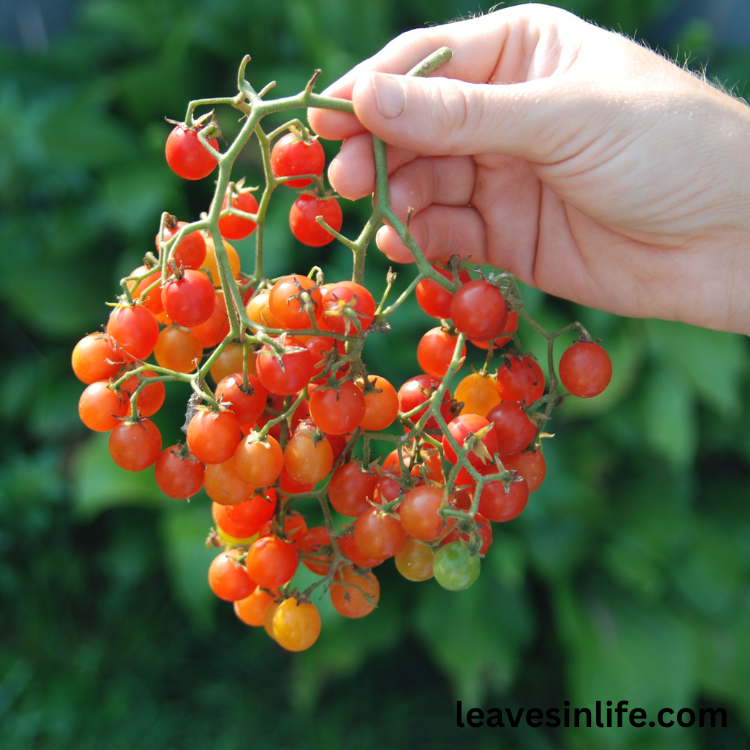
—————————————————————————————————————————————–
Cherry tomatoes
Zones and Countries: USDA Zones 2–12 – Cherry tomatoes can be grown in United States, Canada, Mexico, Brazil, Italy, Spain, Turkey, India, Pakistan, China, Japan, Australia, Egypt, South Africa
Best time to Plant tomato seeds: The best time for planting tomato seeds from tomatoes is in late winter to early spring, 6–8 weeks before the last frost, and in warm regions they can also be sown in late summer for a second crop.
Any specific maintenance: Cherry tomatoes need 6–8 hours of sunlight, consistent watering, light staking or caging, and occasional feeding to keep producing sweet, bite-sized fruits.
Best Varieties of cherry Tomatoes: Sweet 100, Sun-gold, Black Cherry, Tiny Tim, Yellow Pear
Cherry tomatoes are bite-sized fruits that grow in clusters and are known for their juicy, sweet flavour. When planting tomato seeds from tomatoes, these varieties reward you with colourful harvests in shades of red, orange and yellow making them perfect for snacking, tossing into salads, or adding freshness to cooked dishes.
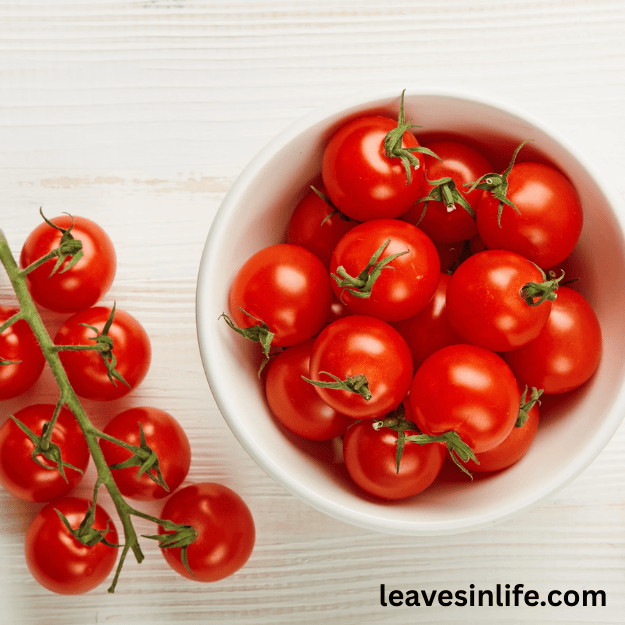
————————————————————————————————————————————————-
Grape Tomatoes (Juliet)
Zones and Countries: USDA Zones 2–12 – Grape tomatoes can be planted in United States, Canada, Mexico, Brazil, Italy, Spain, Turkey, India, Pakistan, China, Japan, Australia, Egypt, South Africa
Best time to Plant tomato seeds: The best time for planting cherry tomato seeds from tomatoes is in late winter to early spring, 6–8 weeks before the last frost, and in warm regions they can also be sown in late summer for a second crop.
Any specific maintenance: Grape tomatoes need full sun, regular deep watering, staking or caging for support, and balanced feeding to produce steady clusters of firm fruits.
Best Varieties of cherry Tomatoes: Juliet, Sweet Hearts, Tami G, Santa, Chiquita
With their oval, firm shape, Juliet grape tomatoes turned out to be ideal for roasting or tossing into pasta. Growing them from seeds taken from tomatoes I already had felt especially rewarding.
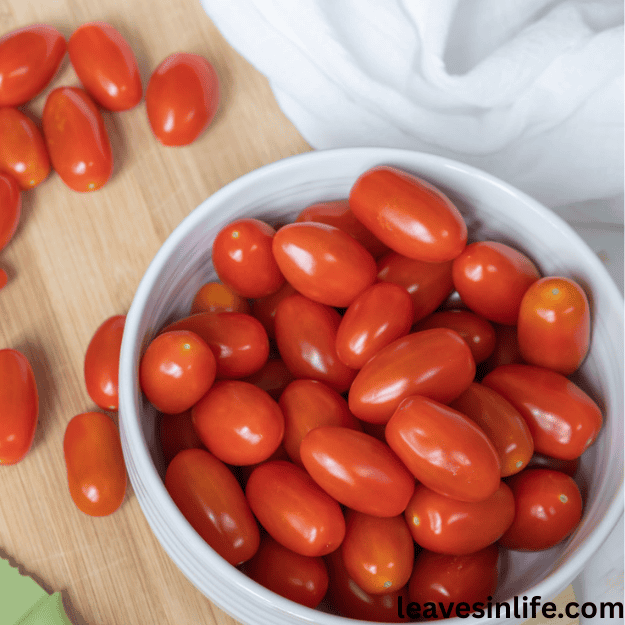
——————————————————————————————————————————————————-
Pear Tomatoes (Yellow Pear)
Zones and Countries: USDA Zones 2–12 – Pear tomatoes can be grown by planting tomato seeds from tomatoes directly in United States, Canada, Mexico, Brazil, Italy, Spain, Turkey, India, Pakistan, China, Japan, Australia, Egypt, South Africa
Best time to Plant tomato seeds: The best time for planting pear tomato seeds from tomatoes is in late winter to early spring, 6–8 weeks before the last frost, and in warmer regions they can also be started in late summer for a second crop.
Any specific maintenance: Pear tomatoes need plenty of sunlight, consistent watering, good support, and light fertilisation to yield clusters of small, flavourful fruits
Best Varieties of cherry Tomatoes: Yellow Pear, Red Pear, Orange Pear, Mini Pear Blend, Teardrop
The cheerful Yellow Pear tomatoes looked adorable in salads. Watching them grow after planting tomato seeds from tomatoes will give you a fun experiment with unusual shapes.
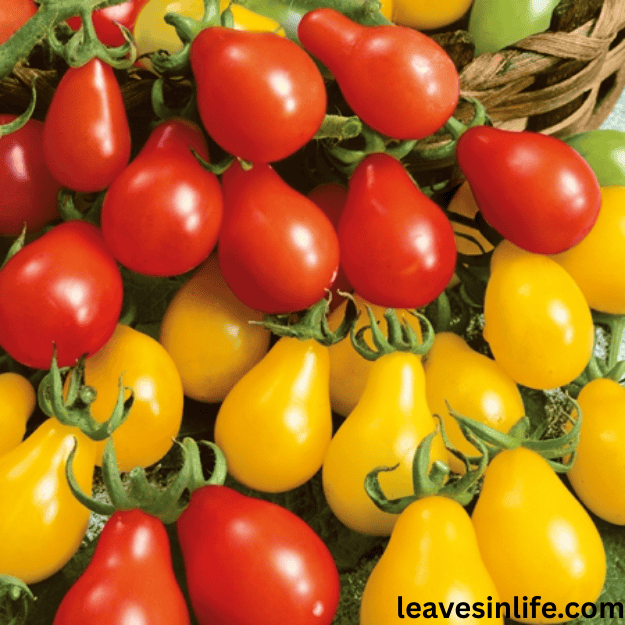
Oxheart Tomatoes
Zones and Countries: USDA Zones 3–12 Oxheart tomatoes can be grown by planting tomato seeds from tomatoes directly into soil in United States, Canada, Mexico, Brazil, Italy, Spain, Turkey, India, Pakistan, China, Japan, Australia, Egypt, South Africa
Best time to Plant tomato seeds: The best time for planting ox-heart tomato seeds from tomatoes is in late winter to early spring, 6–8 weeks before the last frost, with a second sowing possible in late summer in warm regions.
Any specific maintenance: Ox-heart tomatoes need full sun, deep watering, sturdy support, and regular feeding to produce large, meaty fruits.
Best Varieties of cherry Tomatoes: Russian Oxheart, Bull’s Heart, Orange Oxheart, German Red Strawberry, Lithuanian Oxheart, Japanese Oxheart, Heart of Compassion, Strawberry Oxheart
Uses: Oxheart tomatoes are prized for their meaty flesh and low seed content, making them perfect for slicing in sandwiches, fresh salads, sauces, canning, and cooking into rich soups or stews.
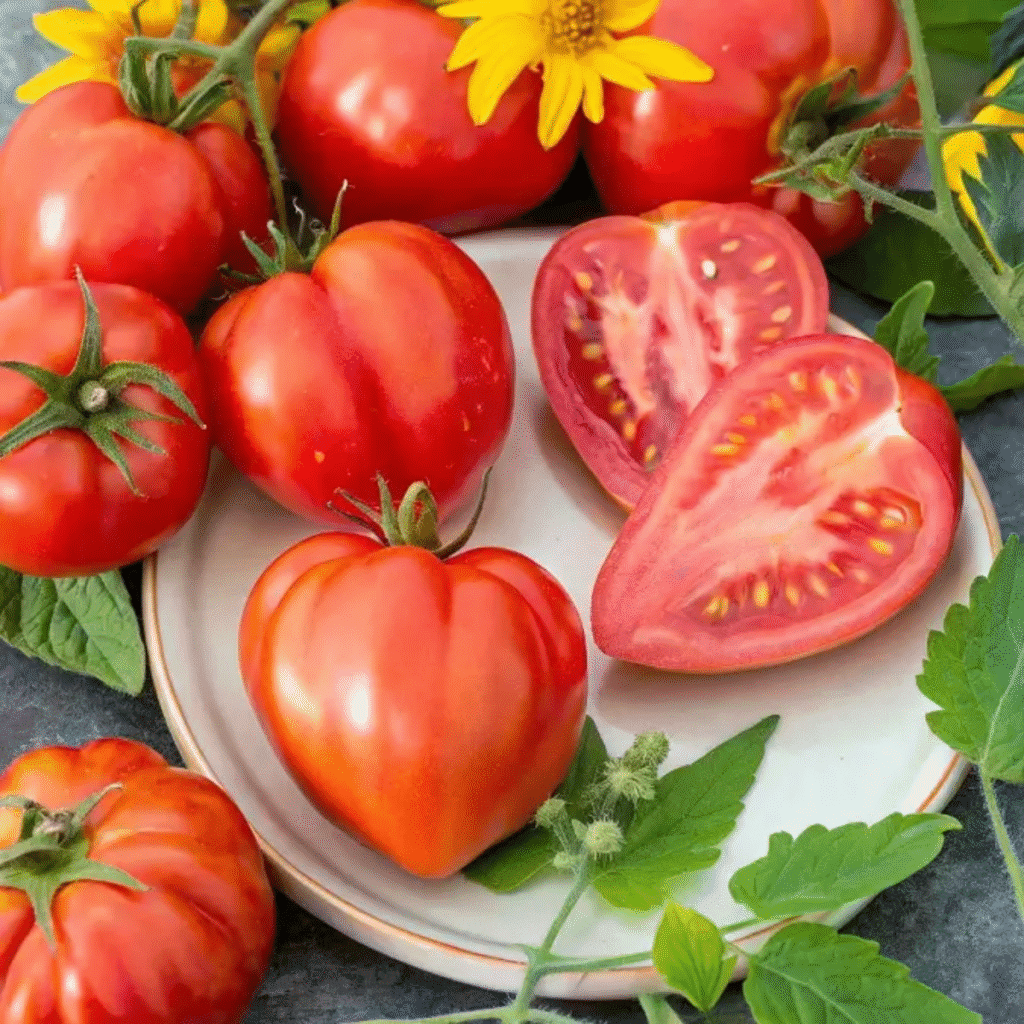
————————————————————————————————————————————————–
Beefsteak Tomatoes
Zones and Countries: USDA Zones 3–12 – Do you want to grow tomatoes from seeds , then you can do so in United States, Canada, Mexico, Brazil, Italy, Spain, Turkey, India, Pakistan, China, Japan, Australia, Egypt, South Africa
Best time to Plant tomato seeds: The best time for planting beefsteak tomato seeds from tomatoes is in late winter to early spring, 6–8 weeks before the last frost, and in warm regions they can also be started in late summer for a second crop.
Any specific maintenance: Beefsteak tomatoes need strong support, deep consistent watering, regular pruning, and calcium-rich feeding to stay healthy and bear large fruits.
Best Varieties of cherry Tomatoes: Big Beef, Brandywine, Cherokee Purple, Mortgage Lifter, Pink Beefsteak, Red Ponderosa, Black Krim, Delicious
Uses: Beefsteak tomatoes are large, juicy size and rich flavour, making them ideal for thick slices in sandwiches and burgers, salads, and caprese plates. They are also great for grilling, stuffing, and using fresh in salsas or cold dishes.
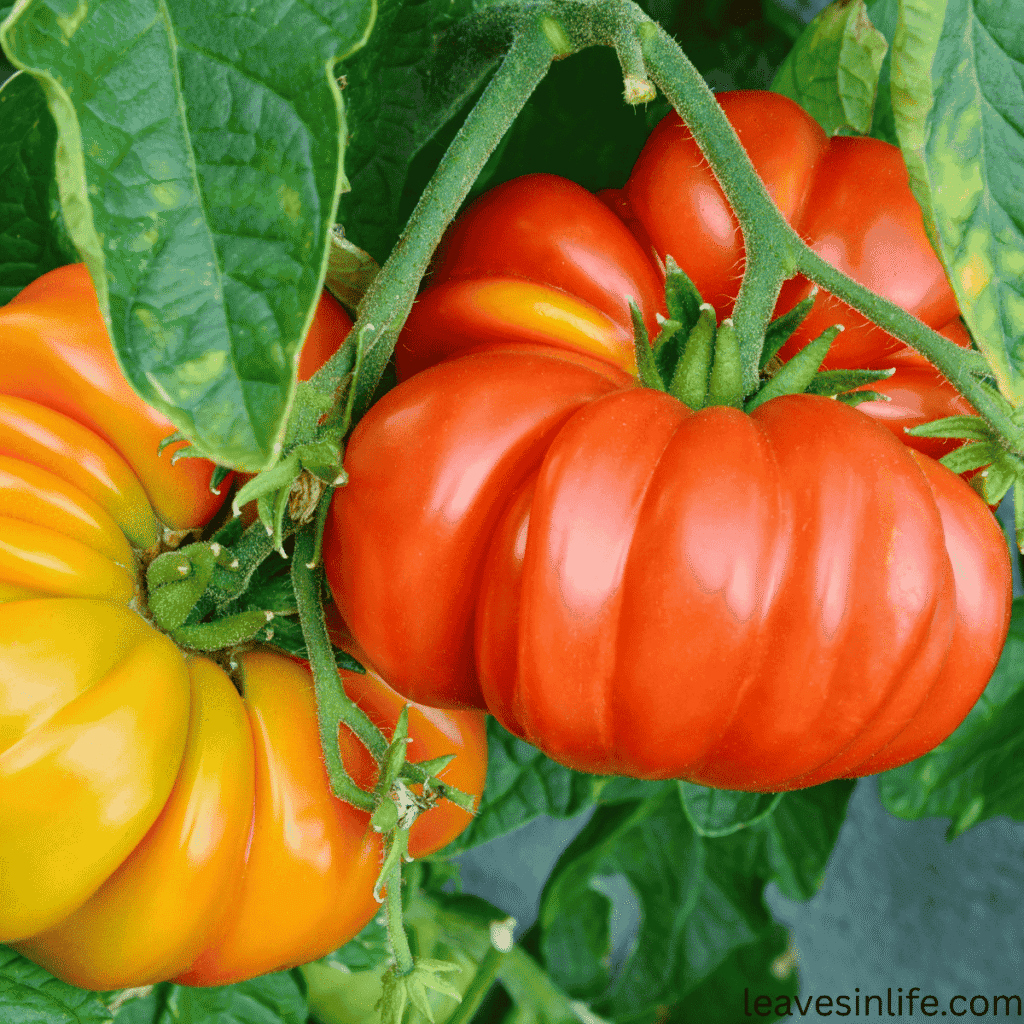
——————————————————————————————————————————————————
Indeterminate Tomatoes
Zones and Countries: USDA Zones 3–12 – You can these tomatoes by seeds in United States, Canada, Mexico, Brazil, Italy, Spain, Turkey, India, Pakistan, China, Japan, Australia, Egypt, South Africa
Best time to Plant tomato seeds: The best time for planting indeterminate tomato seeds from tomatoes is in late winter to early spring, 6–8 weeks before the last frost, with an additional sowing in late summer possible in warmer regions.
Any specific maintenance: Indeterminate tomatoes need tall support, regular pruning, steady watering, and continuous feeding to keep producing fruits all season.
Best Varieties of cherry Tomatoes: Brandywine, Cherokee Purple, Sungold, Sweet 100, Black Krim, Green Zebra, San Marzano, Big Boy
Uses: Indeterminate tomatoes are valued for their continuous growth and long harvest season by just planting tomato seeds from tomatoes, making them excellent for fresh eating, slicing and salad.also great for sauces, roasting, and preserving, since they keep producing fruits steadily until frost.
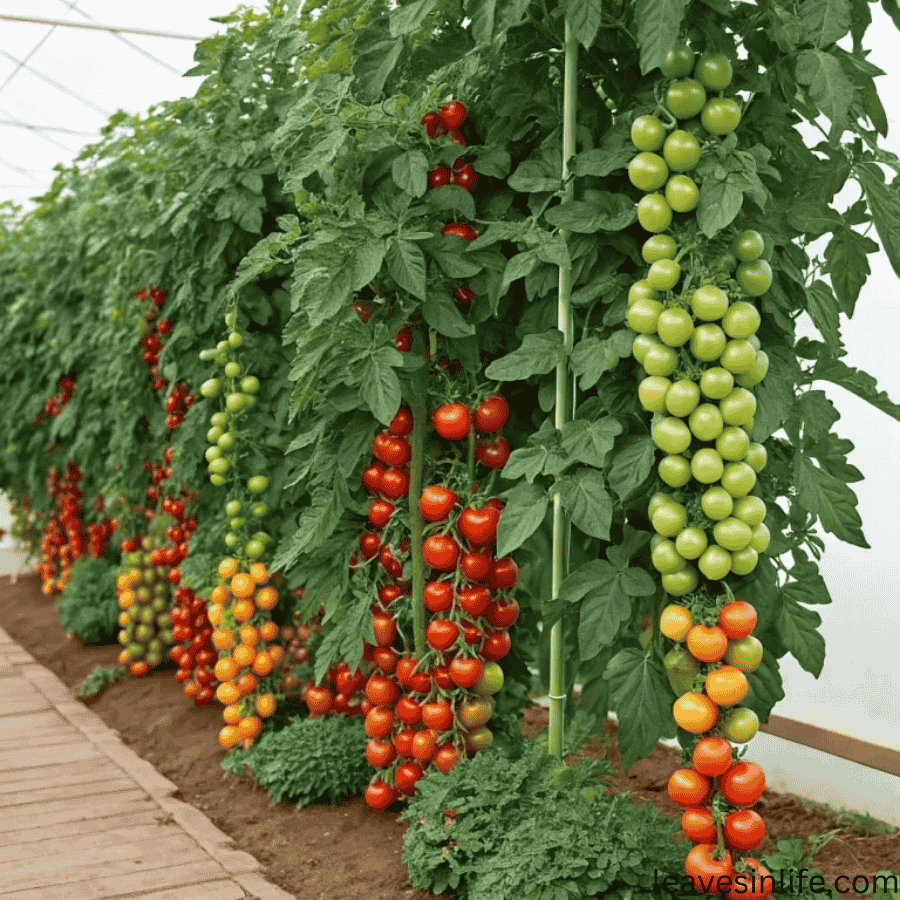
——————————————————————————————————————————————————-
Hybrid Varieties
Zones and countries: USDA Zones 3–12 – usually grown easily by planting tomato seeds from tomatoes directly in United States, Canada, Mexico, Brazil, Italy, Spain, Turkey, India, Pakistan, China, Japan, Australia, Egypt, South Africa
Best time to sow seeds: The best time for planting hybrid tomato seeds from tomatoes is in late winter to early spring, 6–8 weeks before the last frost, and in warm regions they can also be started in late summer for a second harvest.
Any specific maintenance: Hybrid tomato varieties need consistent care with strong support, regular feeding, and pest management, as they are bred for high yields and perform best with steady maintenance for just planting tomato seeds from tomatoes.
Best varieties to grow: Big Beef Hybrid, Celebrity Hybrid, Early Girl Hybrid, Better Boy Hybrid, Champion Hybrid, Sun Gold Hybrid, Sweet Million Hybrid, Bush Early Girl Hybrid.
Uses: Hybrid tomatoes are ideal for fresh eating, slicing, salads, sauces, and canning, with the bonus of high yield and disease resistance.
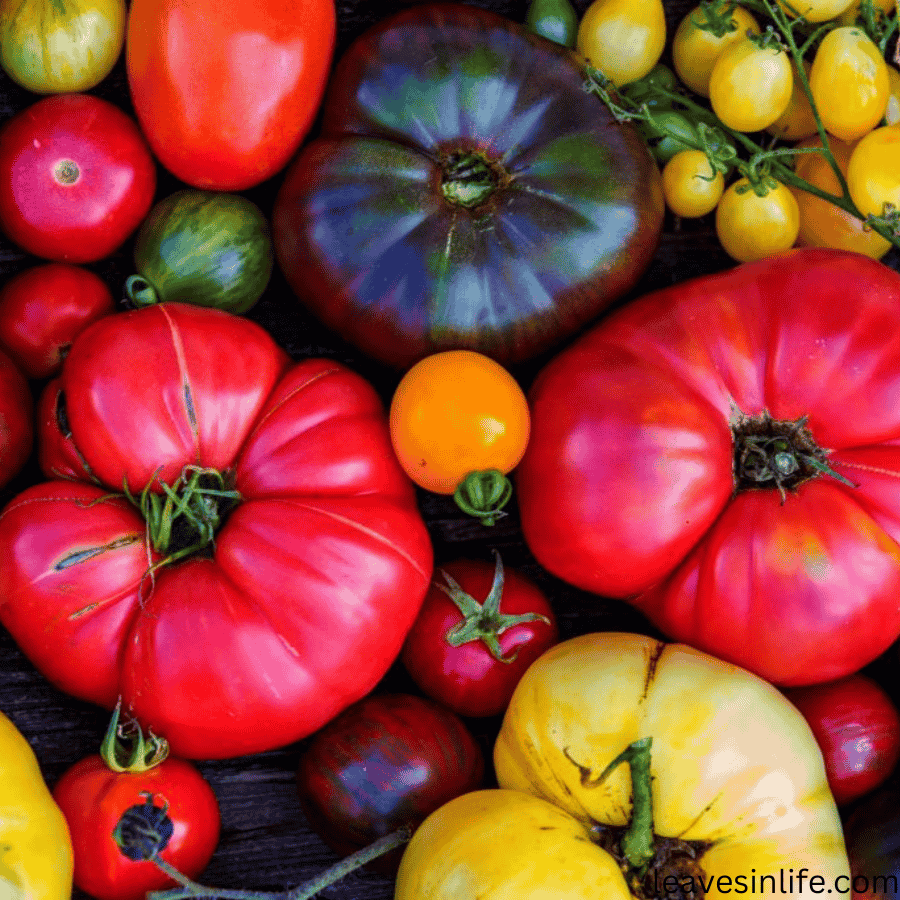
Conclusion
In conclusion, I’ve found that planting tomato seeds from tomatoes is one of the most rewarding gardening experiences. From cherry and grape to pear, oxheart, and beefsteak, each variety has its own unique taste and use in the kitchen. I will suggest you try indeterminate types if you want harvests all season long, and hybrid varieties if you prefer easier growing with better disease resistance. With the right soil, watering, and light, I can see how planting tomato seeds from tomatoes turns into a truly satisfying way to grow healthy, abundant crops at home.

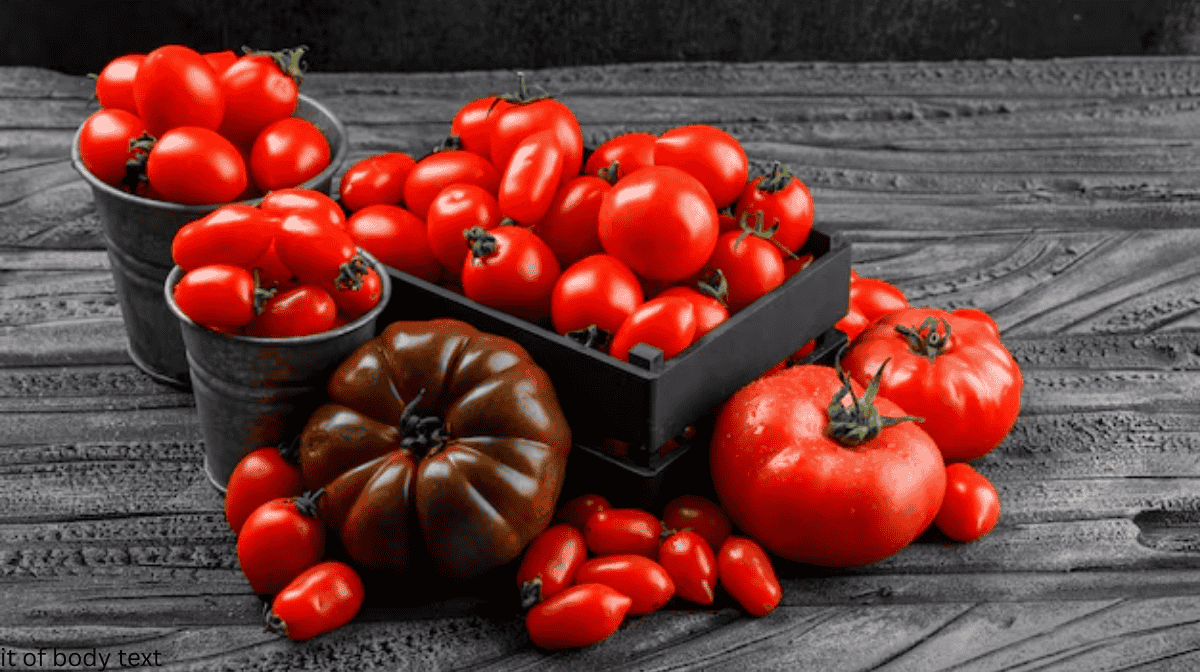
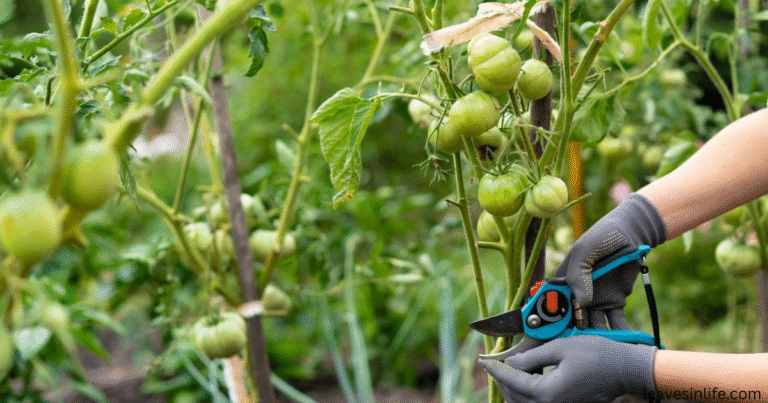
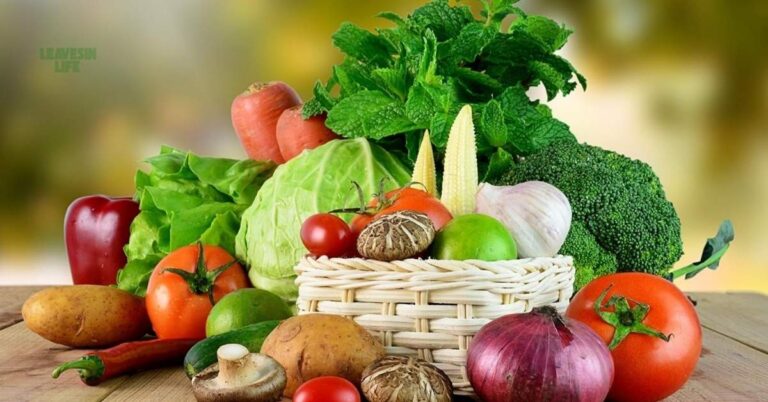
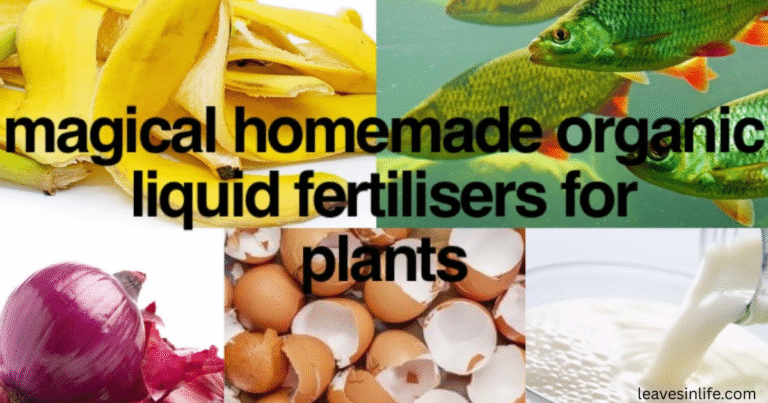
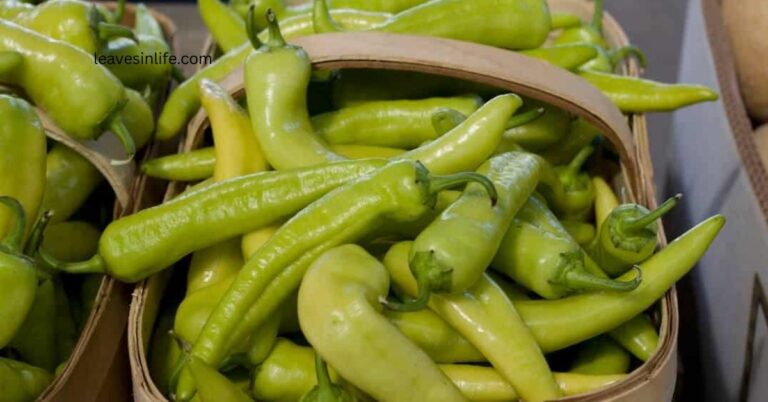
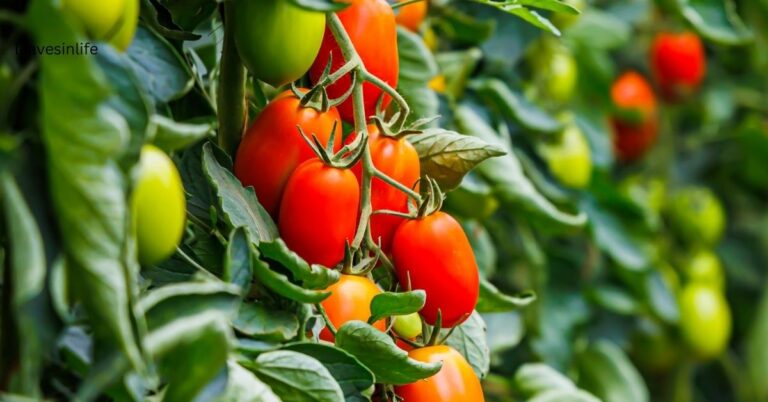
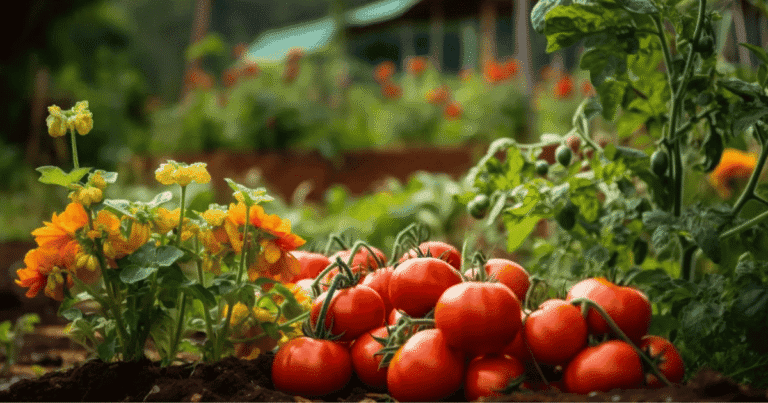
2 Comments
Comments are closed.